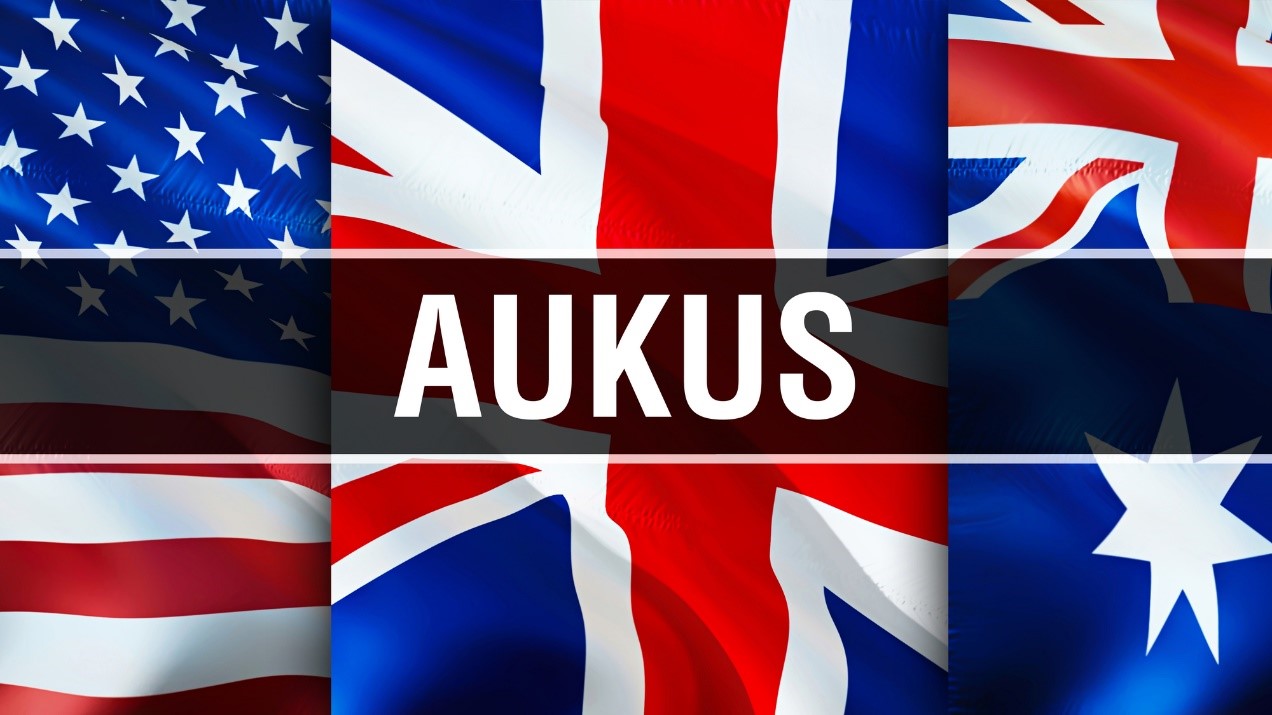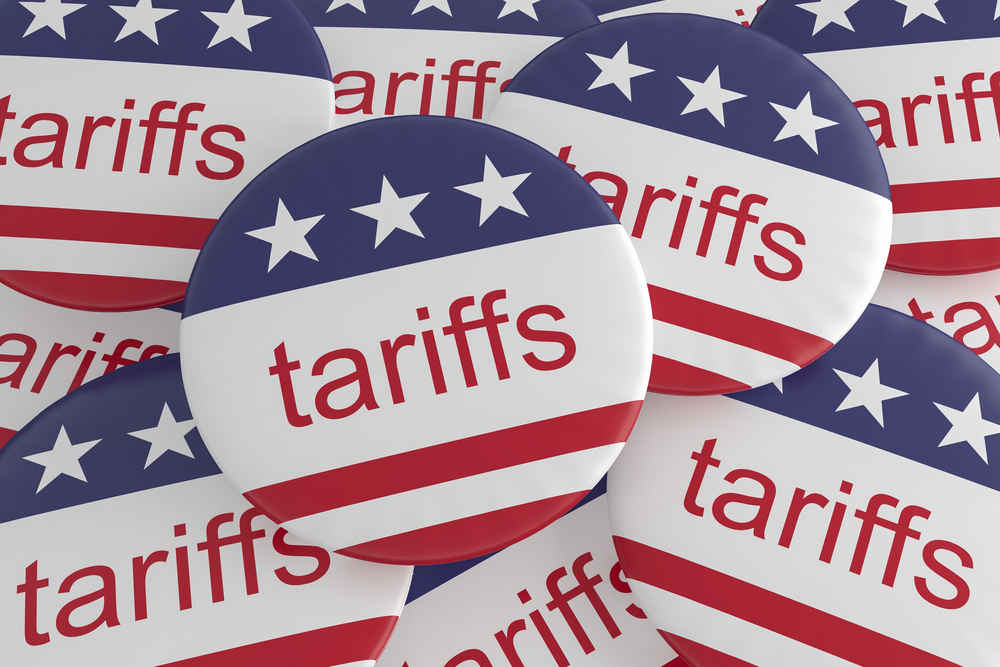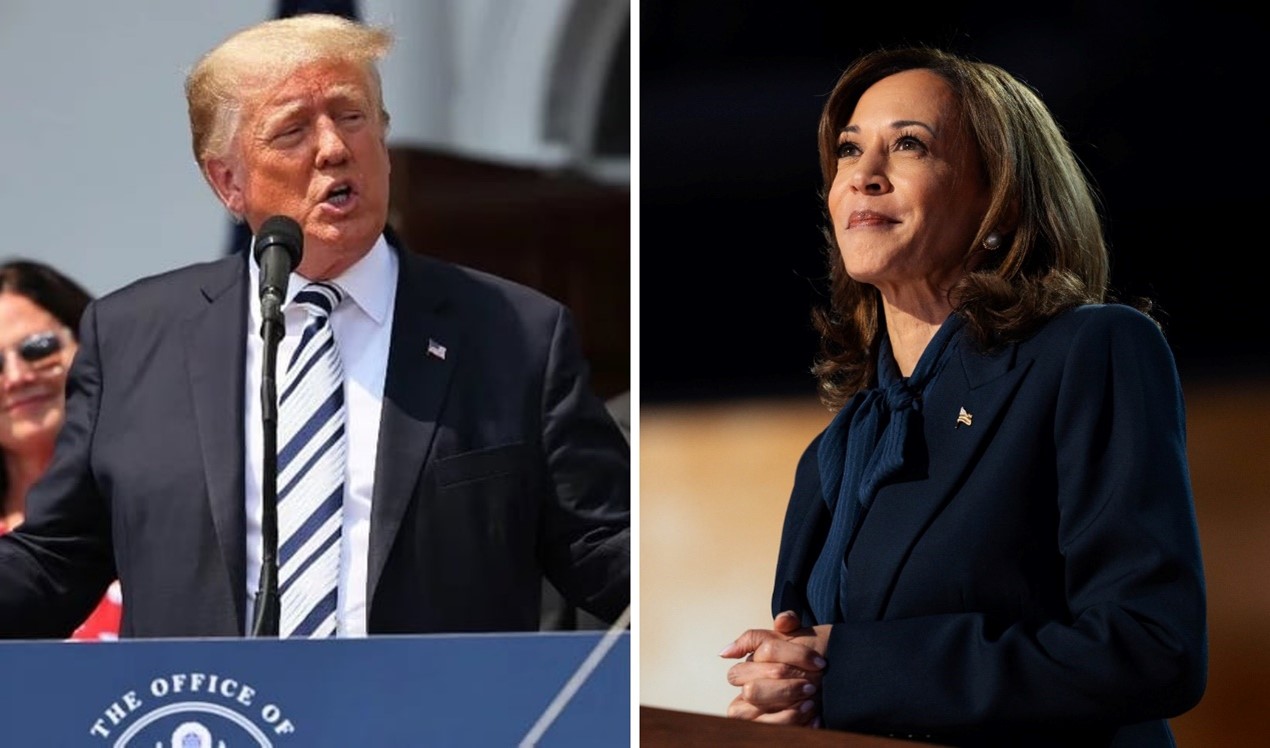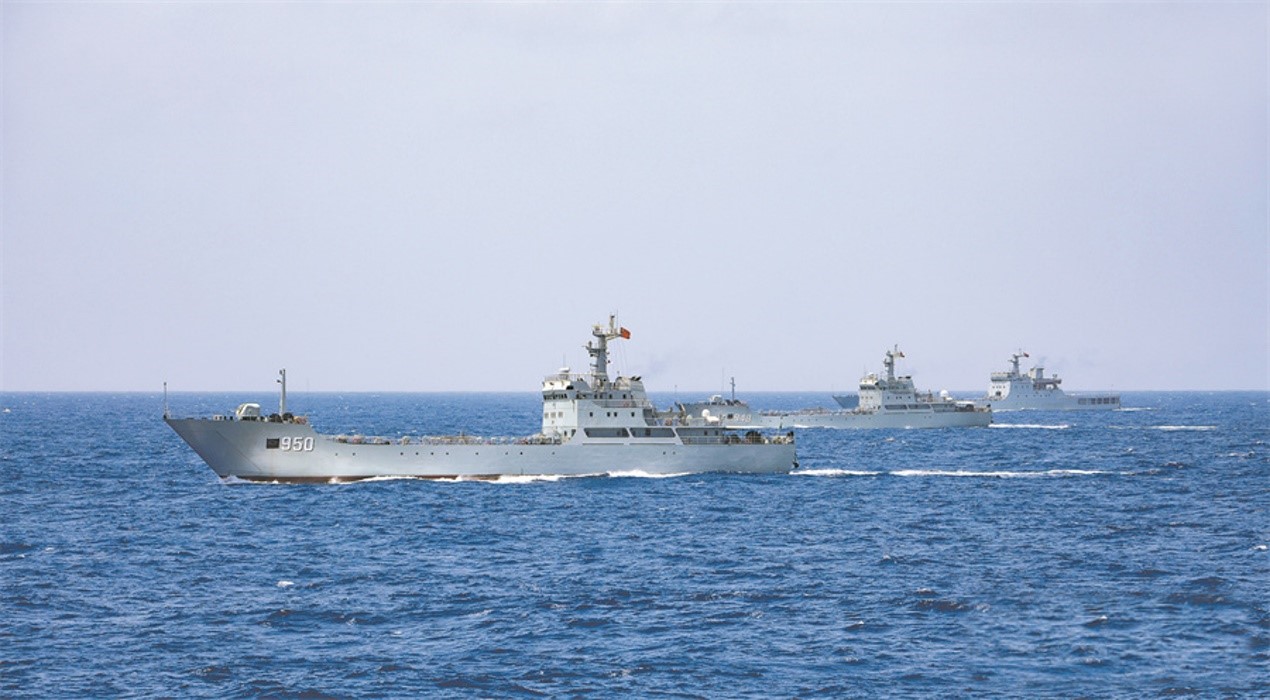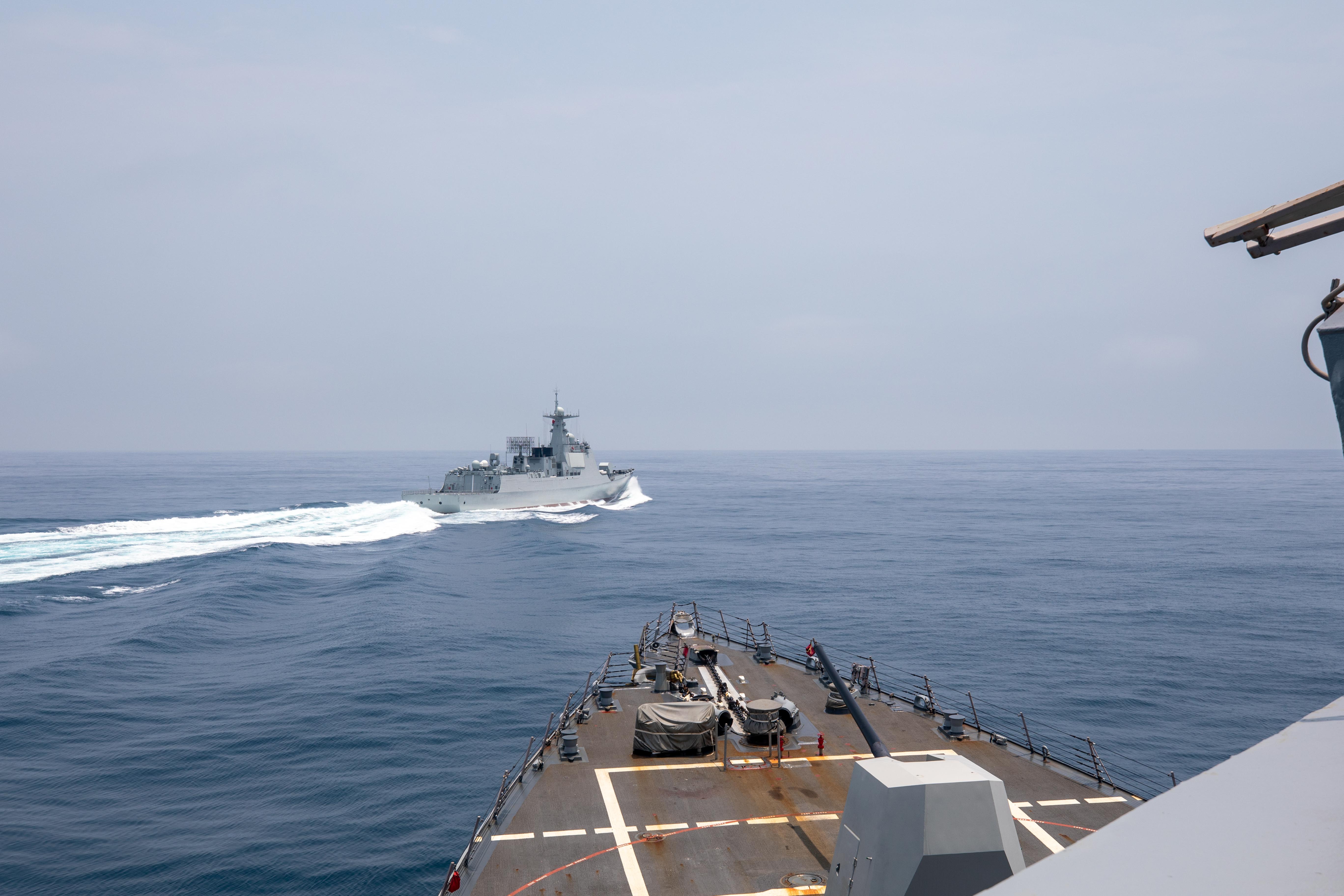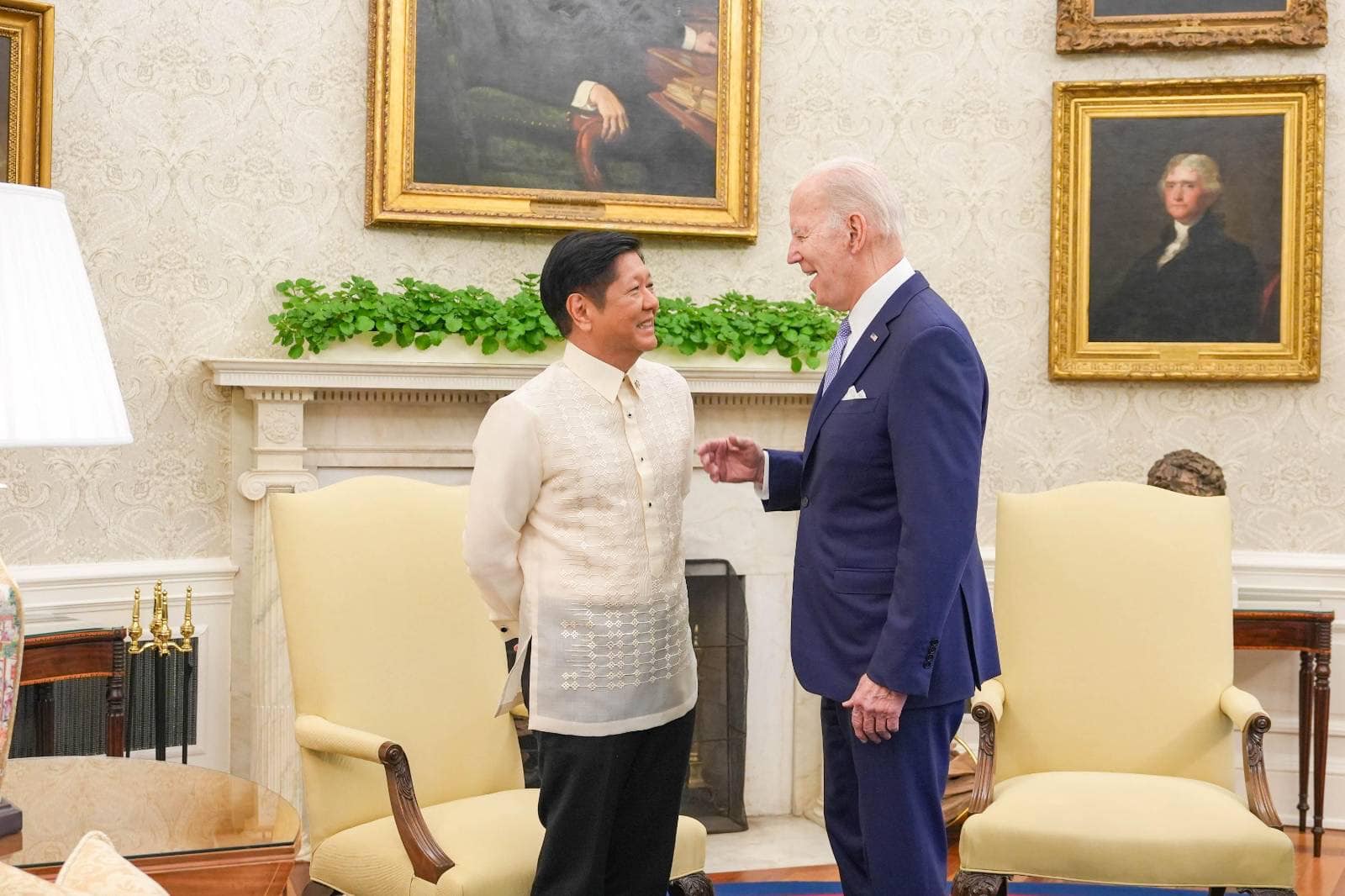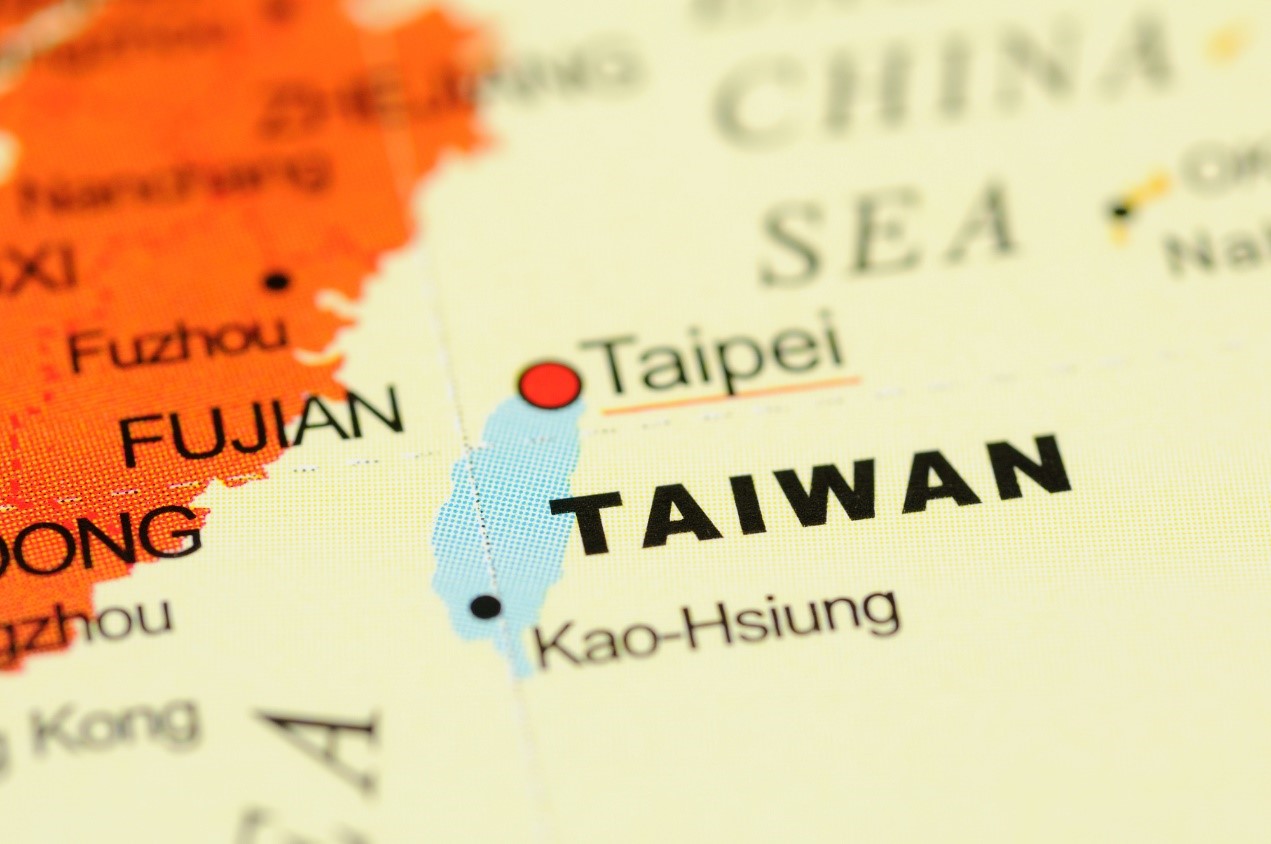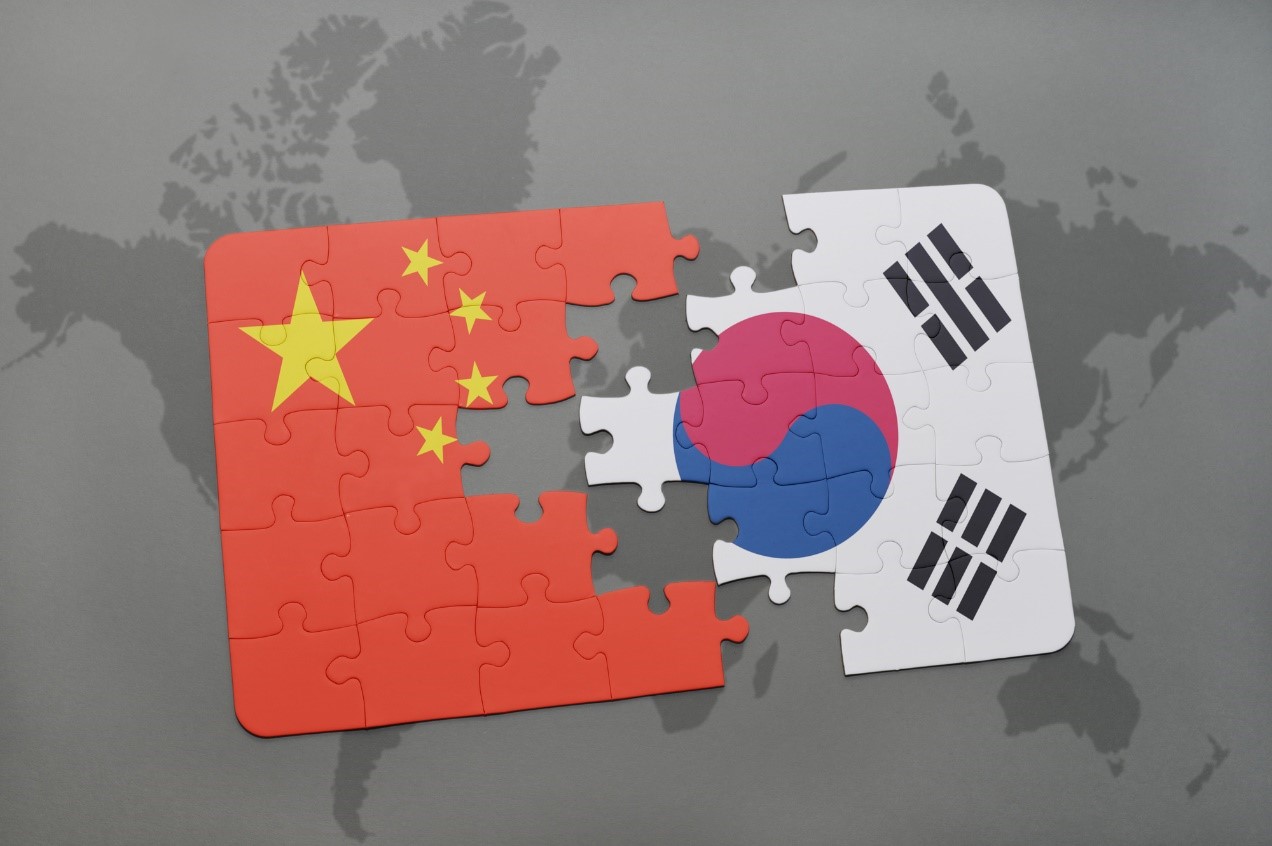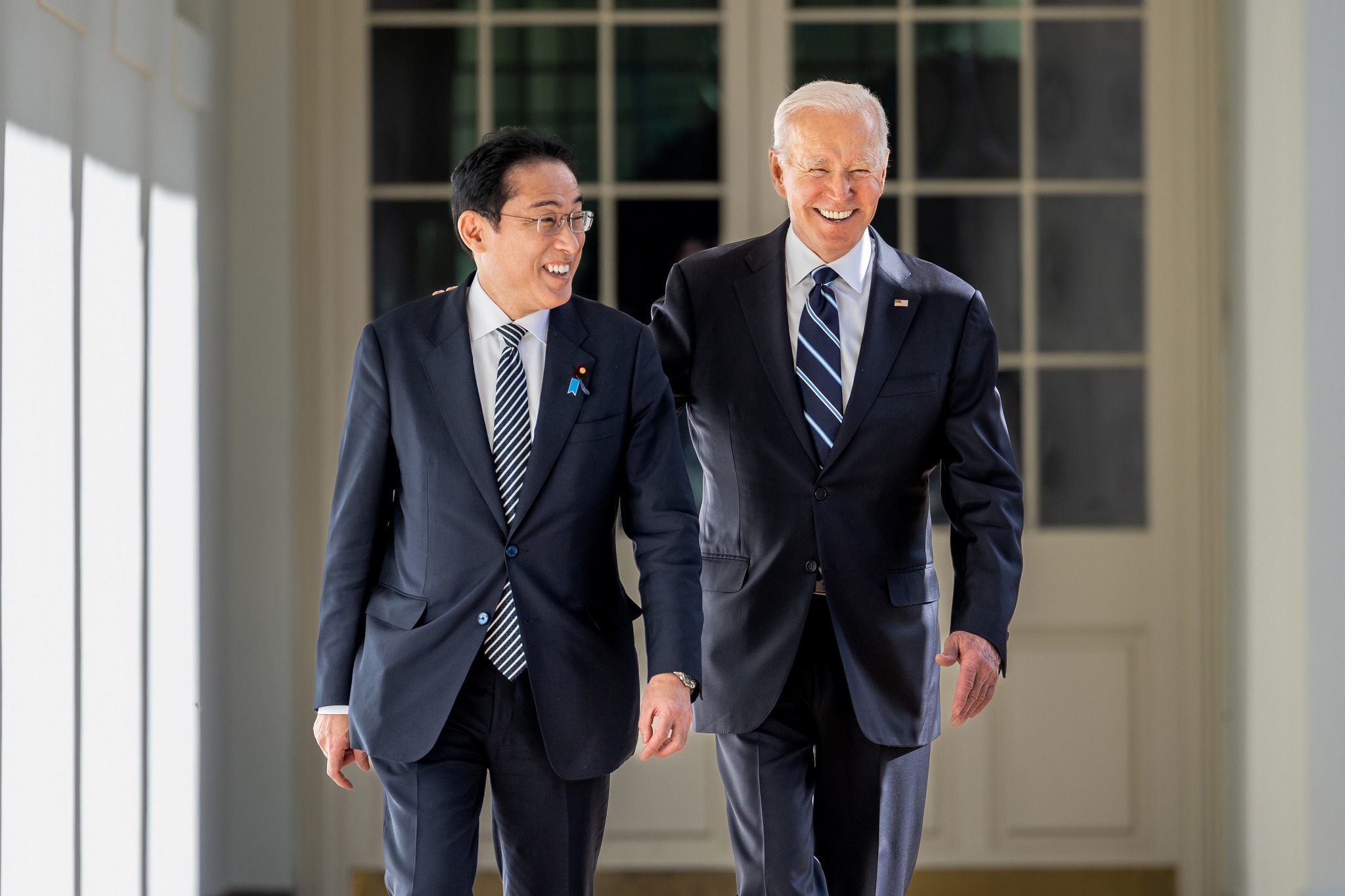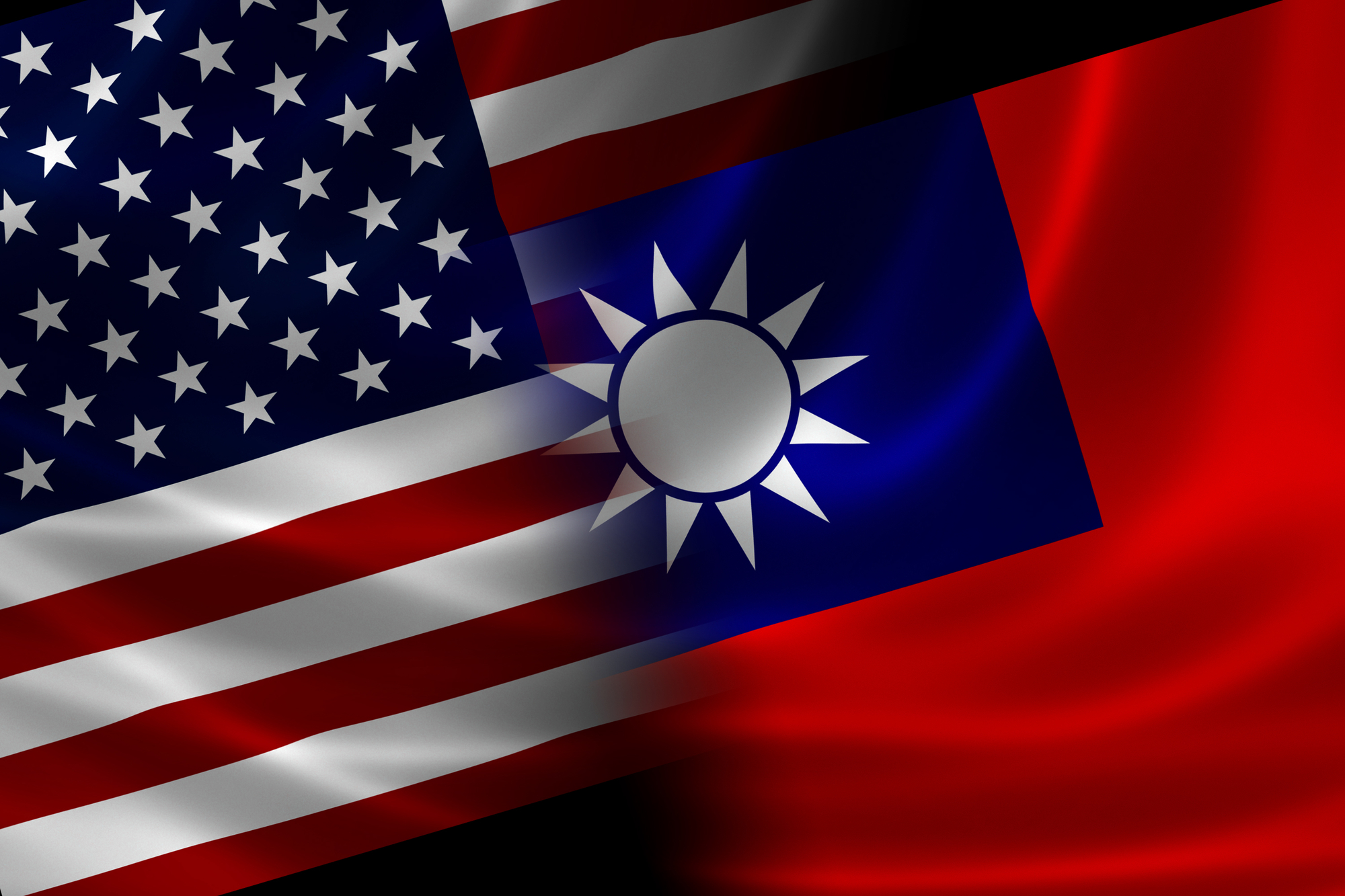As the dust settles on the AUKUS optimal pathway announcement, Taiwan should take stock of the benefits the broader region is set to enjoy with relatively immediate effect. It should also pay close attention to the way intra-AUKUS differences regarding the prioritization of Taiwan as a defense “pacing scenario” play out. Some critical questions about how AUKUS may effect each of the partners’ relationships with Taiwan are as yet unanswered. Picture source: Depositphotos.
Divergences Among Friends: The AUKUS Partners and Taiwan
Prospects & Perspectives No. 22
By Sophie Mayo
Back in March, the leaders of Australia, the United States and the United Kingdom convened in San Diego to unveil a roadmap for the realization of the first pillar of the AUKUS partnership. The Optimal Submarine Pathway detailed how Australia will acquire nuclear-powered, conventionally armed submarines and answered many anticipated questions about submarine build, capability gap, sovereignty, cost, workforce, nuclear stewardship, force posture and structure and export controls. AUKUS, a trilateral partnership, has the objective of deepening cooperation through the support of Australia’s submarine acquisition (pillar I) and collaboration on advanced technologies (pillar II).
Notwithstanding the implications for Australia’s power projection into Northeast Asia, the detail revealed in the March announcement should give Taipei pause for thought. To be sure, Taiwan’s Ministry of Foreign Affairs declared that it “welcome[d] the steady advancement of AUKUS.” Although the detail of its complex four phase approach previewed the means by which the Indo-Pacific security environment writ large will be bolstered with relatively immediate effect, this will occur against a backdrop of enduring intra-AUKUS differences regarding the prioritization of Taiwan as a defense “pacing scenario.” Despite the newfound strategic intimacy between the three countries, these differences will likely endure, leaving Taiwan with a degree of ambiguity over its relationship with the AUKUS enterprise.
For Taiwan, the positive is in the detail
Overall, Taiwanese officials have adopted a conservatively optimistic response to AUKUS pillar I. They have acknowledged the increased deterrence the partnership will provide across the Indo-Pacific broadly. Following the initial announcement in 2021, then-Foreign Ministry Spokesperson Joanne Ou said the government had simply “taken note” of AUKUS and that Taiwan shared common interests with the three AUKUS partners. Ruling Democratic Progressive Party (DPP) member, Wang Ting-yu, was more specific, observing that AUKUS “will act as a check and balance that will improve Indo-Pacific regional stability” and saying that Taiwan was pleased to see it develop.
Whilst the final phase of the optimal pathway announcement — the delivery of the SSN-AUKUS — has garnered the most attention, phases one, two and three will be more consequential for Indo-Pacific security over the next four to 10 years. Phase one entails increased embedded personnel and a scaling up of U.S. SSN port visits to Australia from 2023 and the UK from 2026. Phase two involves a greater rotational presence of U.S. and UK submarine forces (SRF — West) from as early as 2027, when one UK Astute class submarine and four US Virginia class submarines will be stationed at HMAS Stirling near Perth, Western Australia. Pending Congressional approval, phase three will involve the sale of between three and five U.S. Virginia-class submarines to Australia from the early 2030’s. These developments will rapidly enhance U.S. and Australian submarine presence in the region, as noted by former head of the U.S.-Indo-Pacific Command (INDOPACOM), Harry Harris, and provide enhanced deterrence given the allies’ enduring qualitative advantages over the Chinese navy in the undersea domain. Operationally, the submarines will give Australia greater options on range and stationing. Data from the Centre for Strategic and Budgetary Assessments indicates the submarines will be able to remain in both the South China Sea and East China Sea for over two months.
Divergences among friends
Though AUKUS ties Australia and the UK more intimately to Washington, the current Australian government has toned down its rhetoric on Taiwan issues compared to its predecessor. Indeed, it has explicitly stated AUKUS is not an assurance of Australian assistance to the U.S. in the event of a Taiwan Strait contingency. This underlines intra-AUKUS differences in the way Taiwan is prioritized and perceived within the regional security environment.
For its part, Australia’s strategic policy, laid out in the newly released Defence Strategic Review (DSR), is guided by a doctrine of national defense and defines Australia’s security in terms of the maintenance of a favorable regional balance of power. The document emphasizes the Australian Defence Force’s mission as the defense of Australia and its immediate region. It also lists the acquisition of AUKUS nuclear-powered submarines and the development of longer-range strike capabilities as first and second-order priorities. It is worth considering that this mission and priorities are not unequivocal with the defense of Taiwan nor is Taiwan mentioned in the public facing document. Similarly, the UK has no defense ties with Taiwan, a position it has retained despite the nation’s “tilt” to the Indo-Pacific which has involved increased naval exercises in the South China Sea.
Of the three partners, the U.S. has the closest military relationship with and is the most outspoken on Taiwan Strait issues. In April, Michael McCaul, chairman of the U.S. House Foreign Affairs Committee, announced the U.S. will provide training for Taiwan’s armed forces and will expedite the delivery of weapons.
Although both the Australian and the U.S. governments have stated AUKUS is not a quid pro quo of capability for commitment, this notion has been questioned by a small number of analysts within the Australian strategic policy community. In particular, former Prime Minister Paul Keating and defense strategist Hugh White have questioned whether the enhanced endurance, stealth and payloads of Australia’s new SSN-class submarines will be called upon by the U.S. to assist in a Taiwan crisis. Such a scenario would go far beyond the Australian government’s more general framing of the purpose of the AUKUS enterprise — that is enhanced regional oceanic deterrence and force projection in support of a range of possible contingencies.
The Albanese government has shown it is committed to carefully balancing Australia’s strategic priorities with those of the U.S., noting these are not one and the same. In this spirit, Taipei should adopt a fairly conservative assessment of the security benefits Australia is willing to deliver Taiwan in light of AUKUS; especially since Australia retains strict defense cooperation policies with Taipei and remains economically interdependent with China.
Australia’s influence and the future of Taiwan
In granting Australia access to naval nuclear propulsion technology, the AUKUS partnership has raised the specter of Australia becoming a more influential Alliance partner. Indeed, the strategic intimacy wrought by AUKUS could reasonably increase Australia’s involvement in collective scenario planning in its near-region, particularly where U.S. rotational forces may be concerned. The willingness to capitalize on influence built through AUKUS has been highlighted at the diplomatic level. For his part the new Australian ambassador to the United States, Kevin Rudd, has indicated an enthusiasm to collaborate with Washington on “mechanisms to reduce the risk of crisis, conflict and war by accident, as well as the roles and responsibilities of allies.” What effect both of these factors may have on the tenor of the Taiwan debate in the US and the policies it pursues vis-à-vis Taipei remains to be seen.
As the dust settles on the AUKUS optimal pathway announcement, Taiwan should take stock of the benefits the broader region is set to enjoy with relatively immediate effect, even as the direct benefits for Taipei may be minimal. It should also pay close attention to the way intra-AUKUS differences regarding the prioritization of Taiwan as a defense “pacing scenario” play out. Some critical questions about how AUKUS may effect each of the partners’ relationships with Taiwan are as yet unanswered.
(Sophie Mayo is Research Associate, Foreign Policy and Defence, United States Studies Centre)


